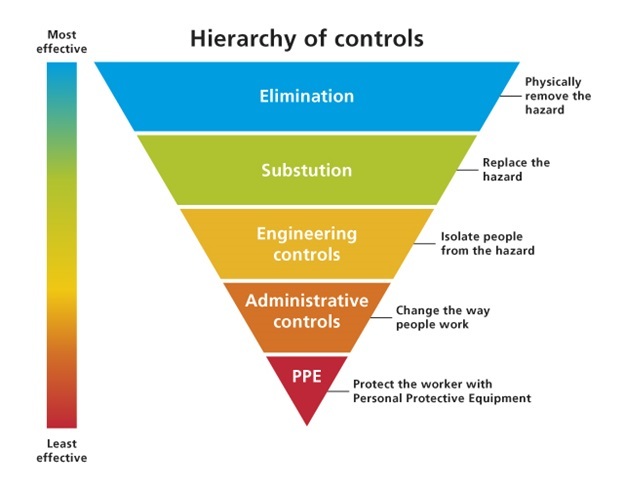IRR17 (10) - Personal protective equipment
Published: Sep 29, 2021
Any personal protective equipment (PPE) must be compliant with the Personal Protective Equipment Regulations 2002, or in the case of respiratory protective equipment (RPE), where that regulation is not applicable, be of a type or standard approved by HSE (see HSE website guidance for RPE). In general CE marked equipment should be used. The Radiation Protection Adviser (RPA) should be consulted and asked to provide advice on the selection or suitability of PPE.
The radiation employer is also responsible for ensuring that there is a suitable location to store the PPE when it is not being worn.
The output of the risk assessment (Regulation 8) will determine the scope and extent of personal protective equipment. However, this must be considered together with the restriction of exposure (Regulation 9), to determine how the use of PPE / RPE will meet the concept of hierarchy of control and the ALARP concept.

Despite the above diagram, for unsealed radioactive materials (internal radiation hazard work areas) there may well be mandatory PPE requirements to enter the area (e.g. labcoats, overshoes, safety glasses etc). However, the concept is still valid since the radioactive material should be protected at source (i.e. worked within ventilated containment if reasonably practicable). In many cases, an ALARP assessment will show that PPE is required for external radiation hazard work areas (for example using a leaded apron during certain diagnostic radiology procedures).
